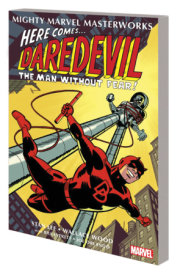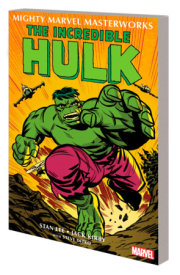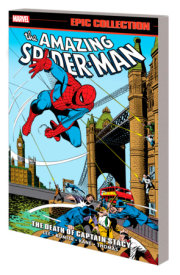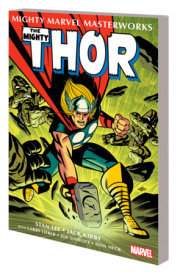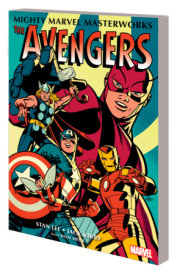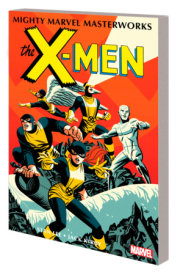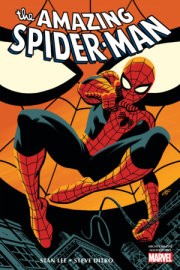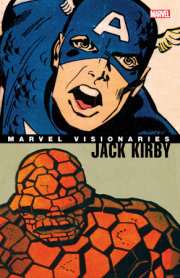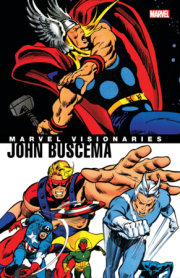NOW AVAILABLE
Sign in and order your Wish List!
Retailers, sign in here with your PRH Self-Service email and password to enjoy new Wish List features, like saving and ordering your list.
Learn More


Our mission is to foster a universal passion for reading by partnering with authors to help create stories and communicate ideas that inform, entertain, and inspire.
© 2024 Penguin Random House


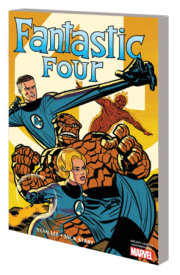
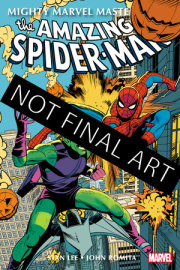
![MARVEL MASTERWORKS: THE SILVER SURFER VOL. 1 [REMASTERWORKS]](https://images.penguinrandomhouse.com/cover/9781302956042?width=180)
![THE FANTASTIC FOUR OMNIBUS VOL. 1 ALEX ROSS COVER [NEW PRINTING 3]](https://images.penguinrandomhouse.com/cover/9781302963682?width=180)
![SILVER SURFER OMNIBUS VOL. 1 JOHN BUSCEMA FIRST ISSUE COVER [NEW PRINTING 2]](https://images.penguinrandomhouse.com/cover/9781302963583?width=180)
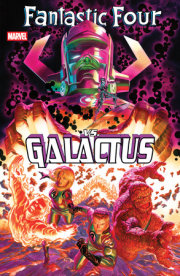
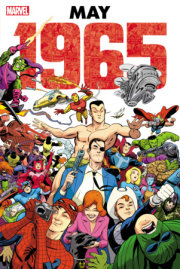
![MARVEL MASTERWORKS: CAPTAIN AMERICA VOL. 1 [REMASTERWORKS]](https://images.penguinrandomhouse.com/cover/9781302956028?width=180)
![MARVEL MASTERWORKS: THE FANTASTIC FOUR VOL. 3 [REMASTERWORKS]](https://images.penguinrandomhouse.com/cover/9781302956004?width=180)
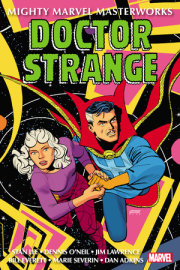
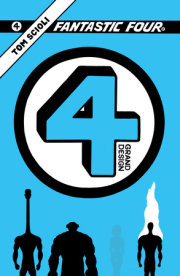
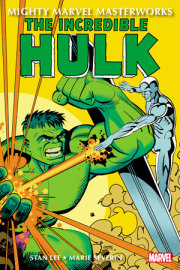
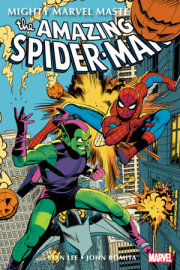

![FANTASTIC FOUR EPIC COLLECTION: WORLD'S GREATEST COMIC MAGAZINE [NEW PRINTING 2]](https://images.penguinrandomhouse.com/cover/9781302960421?width=180)
![CAPTAIN AMERICA OMNIBUS VOL. 2 CARLOS PACHECO COVER [NEW PRINTING]](https://images.penguinrandomhouse.com/cover/9781302958398?width=180)
![INCREDIBLE HULK EPIC COLLECTION: MAN OR MONSTER? [NEW PRINTING 2]](https://images.penguinrandomhouse.com/cover/9781302960438?width=180)
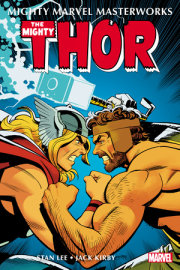
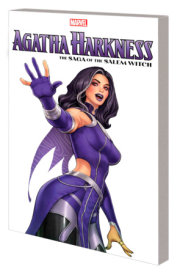
![MARVEL MASTERWORKS: THE AMAZING SPIDER-MAN VOL. 3 [REMASTERWORKS]](https://images.penguinrandomhouse.com/cover/9781302951429?width=180)
![THE INVINCIBLE IRON MAN OMNIBUS VOL. 2 SALVADOR LARROCA COVER [NEW PRINTING]](https://images.penguinrandomhouse.com/cover/9781302958992?width=180)
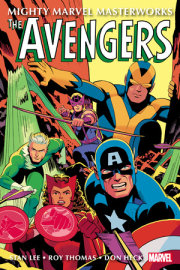
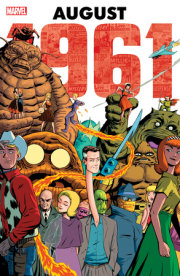
![MARVEL MASTERWORKS: THE AVENGERS VOL. 2 [REMASTERWORKS]](https://images.penguinrandomhouse.com/cover/9781302951405?width=180)
![AVENGERS EPIC COLLECTION: EARTH'S MIGHTIEST HEROES [NEW PRINTING]](https://images.penguinrandomhouse.com/cover/9781302957988?width=180)
![CAPTAIN AMERICA EPIC COLLECTION: BUCKY REBORN [NEW PRINTING]](https://images.penguinrandomhouse.com/cover/9781302957858?width=180)
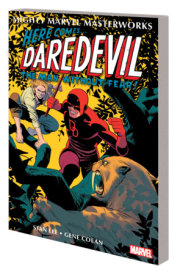
![CAPTAIN AMERICA OMNIBUS VOL. 1 [NEW PRINTING 2]](https://images.penguinrandomhouse.com/cover/9781302957995?width=180)
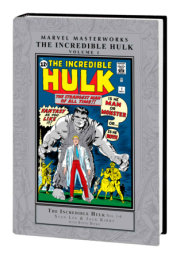
![X-MEN EPIC COLLECTION: CHILDREN OF THE ATOM [NEW PRINTING 2]](https://images.penguinrandomhouse.com/cover/9781302957834?width=180)
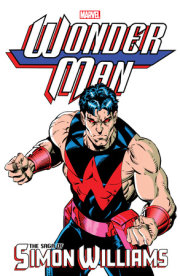
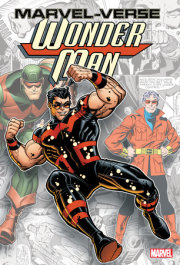
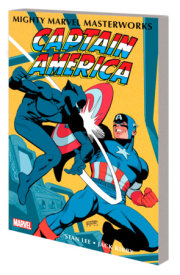
![AMAZING SPIDER-MAN EPIC COLLECTION: THE SECRET OF THE PETRIFIED TABLET [NEW PRINTING]](https://images.penguinrandomhouse.com/cover/9781302957810?width=180)
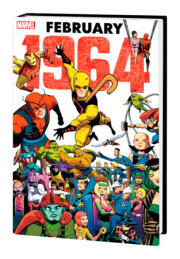
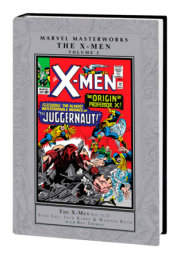

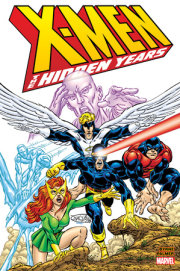

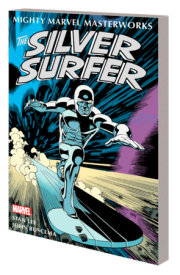

![AMAZING SPIDER-MAN EPIC COLLECTION: GREAT RESPONSIBILITY [NEW PRINTING]](https://images.penguinrandomhouse.com/cover/9781302950576?width=180)
![DAREDEVIL EPIC COLLECTION: MIKE MURDOCK MUST DIE! [NEW PRINTING]](https://images.penguinrandomhouse.com/cover/9781302950569?width=180)
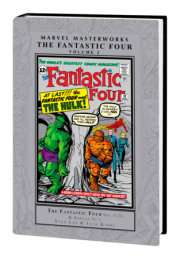


![THE INVINCIBLE IRON MAN OMNIBUS VOL. 1 [NEW PRINTING]](https://images.penguinrandomhouse.com/cover/9781302953584?width=180)
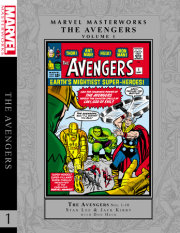
![THE AMAZING SPIDER-MAN OMNIBUS VOL. 4 [NEW PRINTING]](https://images.penguinrandomhouse.com/cover/9781302952570?width=180)
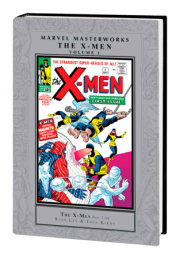
![THE AVENGERS OMNIBUS VOL. 1 [NEW PRINTING]](https://images.penguinrandomhouse.com/cover/9781302953546?width=180)
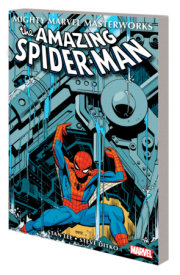
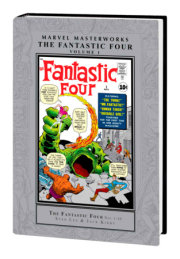
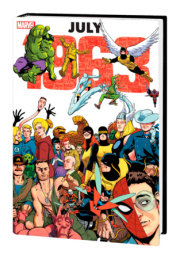

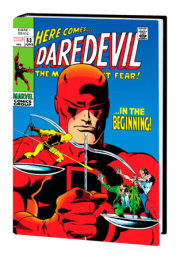
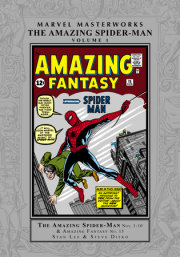
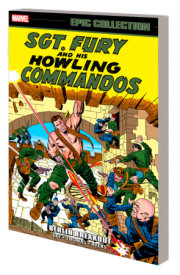
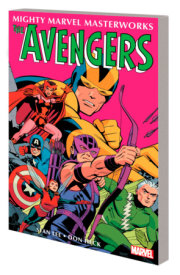
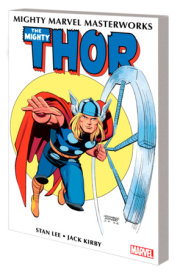
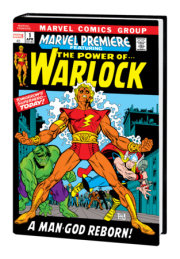
![FANTASTIC FOUR EPIC COLLECTION: THE COMING OF GALACTUS [NEW PRINTING 2]](https://images.penguinrandomhouse.com/cover/9781302950415?width=180)
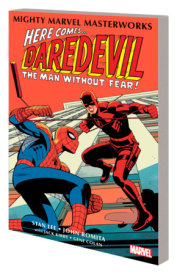
![AMAZING SPIDER-MAN EPIC COLLECTION: THE GOBLIN LIVES [NEW PRINTING]](https://images.penguinrandomhouse.com/cover/9781302950392?width=180)
![DAREDEVIL EPIC COLLECTION: THE MAN WITHOUT FEAR [NEW PRINTING]](https://images.penguinrandomhouse.com/cover/9781302950361?width=180)
![ANT-MAN/GIANT-MAN EPIC COLLECTION: THE MAN IN THE ANT HILL [NEW PRINTING]](https://images.penguinrandomhouse.com/cover/9781302950354?width=180)
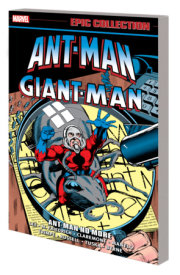
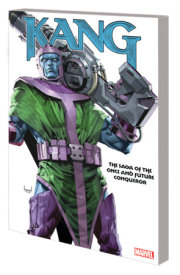

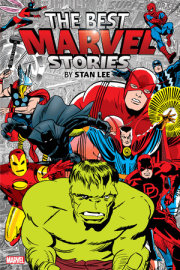
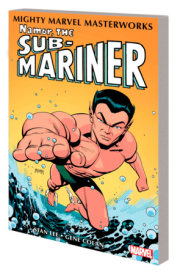
![FANTASTIC FOUR EPIC COLLECTION: THE MYSTERY OF THE BLACK PANTHER [NEW PRINTING]](https://images.penguinrandomhouse.com/cover/9781302947088?width=180)
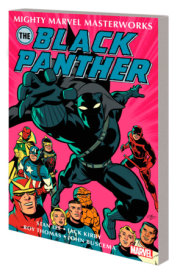
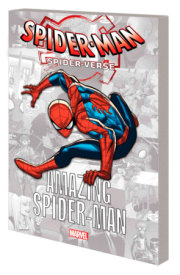
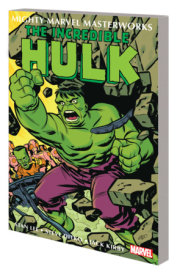
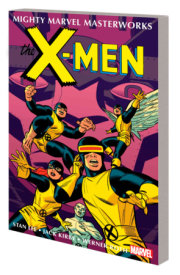
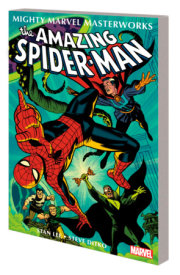
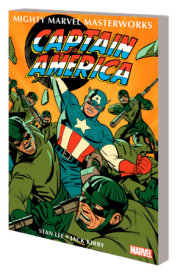
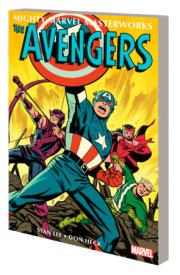
![THE INCREDIBLE HULK OMNIBUS VOL. 1 [NEW PRINTING]](https://images.penguinrandomhouse.com/cover/9781302933869?width=180)
